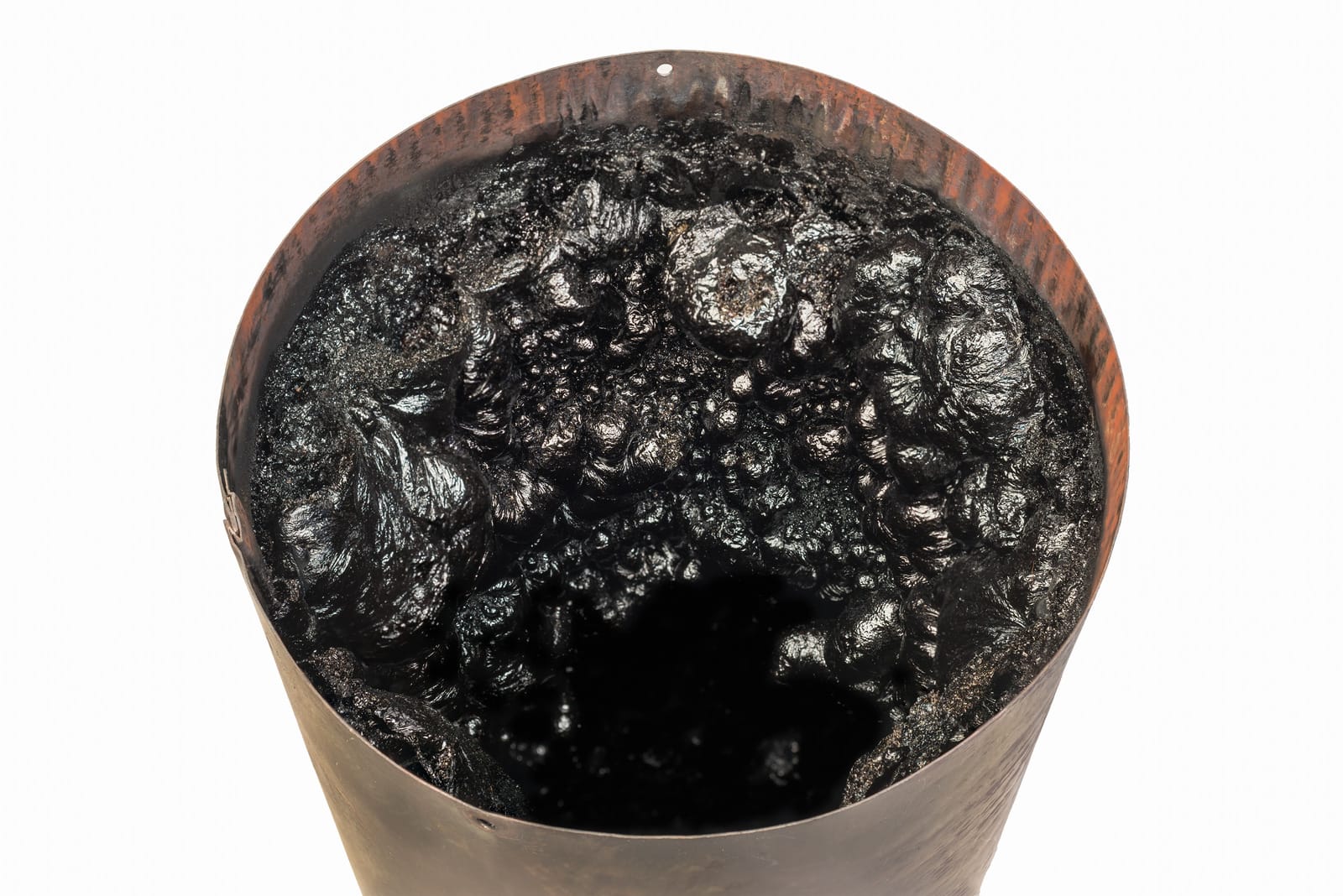
Creosote buildup is a serious issue that can affect the safety and efficiency of a chimney. It's important for homeowners to understand what creosote is, how it builds up in chimneys, and the risks associated with it. In this article, we'll explore the causes, risks, and prevention of creosote buildup in chimneys.
Creosote is a black or brown, tar-like substance that is produced when wood or other fuels are burned in a fireplace or wood stove. It's formed when the hot gasses and smoke from the burning wood come into contact with the cool surface of the chimney. The creosote sticks to the inside of the chimney and can build up over time, creating a fire hazard.
There are three types of creosote:
The higher the degree of creosote buildup, the greater the risk of a chimney fire.
The primary cause of creosote buildup is burning wood that is not properly seasoned. When wood is not dried to a moisture content of less than 20%, it produces more creosote and burns less efficiently, increasing the risk of a chimney fire.
Other causes of creosote buildup include burning unapproved fuels such as cardboard, Christmas trees, or other combustible materials. Burning these materials can create sparks or embers that can ignite the creosote in the chimney.
A damaged or obstructed chimney can also cause a buildup of heat and smoke, which can ignite the creosote in the chimney.
The most significant risk of creosote buildup is the potential for a chimney fire. A chimney fire can cause extensive damage to a home's structure and pose a significant threat to the safety of its occupants.
Creosote buildup can also reduce the efficiency of a chimney, causing smoke to back up into the home and reducing the heat output of the fireplace or wood stove.
The best way to prevent creosote buildup is to burn only dry, seasoned wood in your fireplace or wood stove. Wood that is not properly seasoned produces more creosote and burns less efficiently, increasing the risk of a chimney fire.
Regular chimney inspections and cleanings by a professional chimney sweep are also essential for preventing creosote buildup. A chimney sweep will remove any creosote buildup and identify any damage or blockages that could lead to a chimney fire.
It's also important to avoid burning unapproved fuels such as cardboard, Christmas trees, or other combustible materials. These materials can create sparks or embers that can ignite the creosote in the chimney.
Proper chimney maintenance and care, including installing a chimney cap to prevent debris and animals from entering the chimney, can also help prevent creosote buildup.
Creosote buildup is a serious issue that can affect the safety and efficiency of a chimney. Burning only dry, seasoned wood, having regular chimney inspections and cleanings by a professional chimney sweep, and avoiding the use of unapproved fuels are essential for preventing creosote buildup. By taking these steps, homeowners can protect their homes and families from the devastating consequences of a chimney fire.